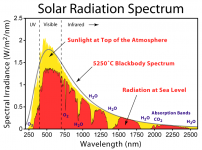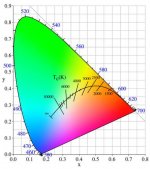well; what i think is more like 'possibly enough'
w/o side by side comparisons and w/ considering different approaches it kind of opens up especially where some strains may do better w/ differing spectrum
1030 is demonstrating the effectiveness of an assortment of whites & there is a lot of consideration for w/n/c vs w/n in the thread
w/o side by side comparisons and w/ considering different approaches it kind of opens up especially where some strains may do better w/ differing spectrum
1030 is demonstrating the effectiveness of an assortment of whites & there is a lot of consideration for w/n/c vs w/n in the thread




